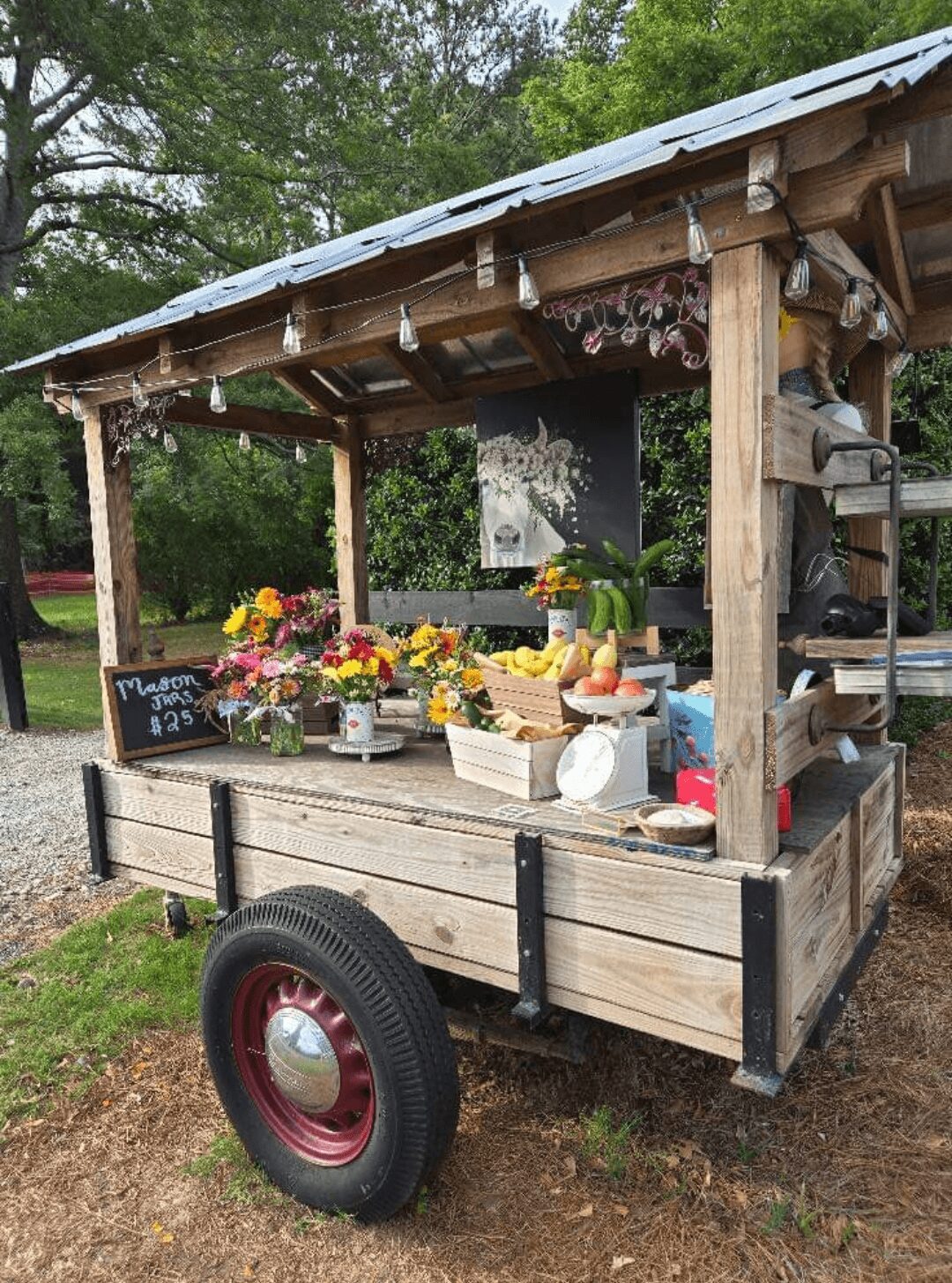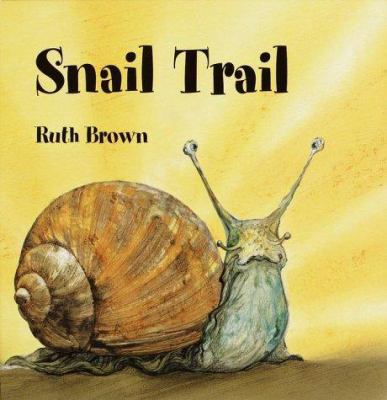Regeneration – A Superpower!
What happened to the skink’s conspicuous blue tail? Perhaps a predator grabbed it in hopes of capturing a meal, but when the tail broke off (a skink’s defense mechanism), this lizard escaped! Fortunately for skinks, the tail will regenerate, although it may not be as long or exactly the same color.
Watch full screen. Mystery Science is a favorite!
More About Skinks
More Regenerative Animals













































